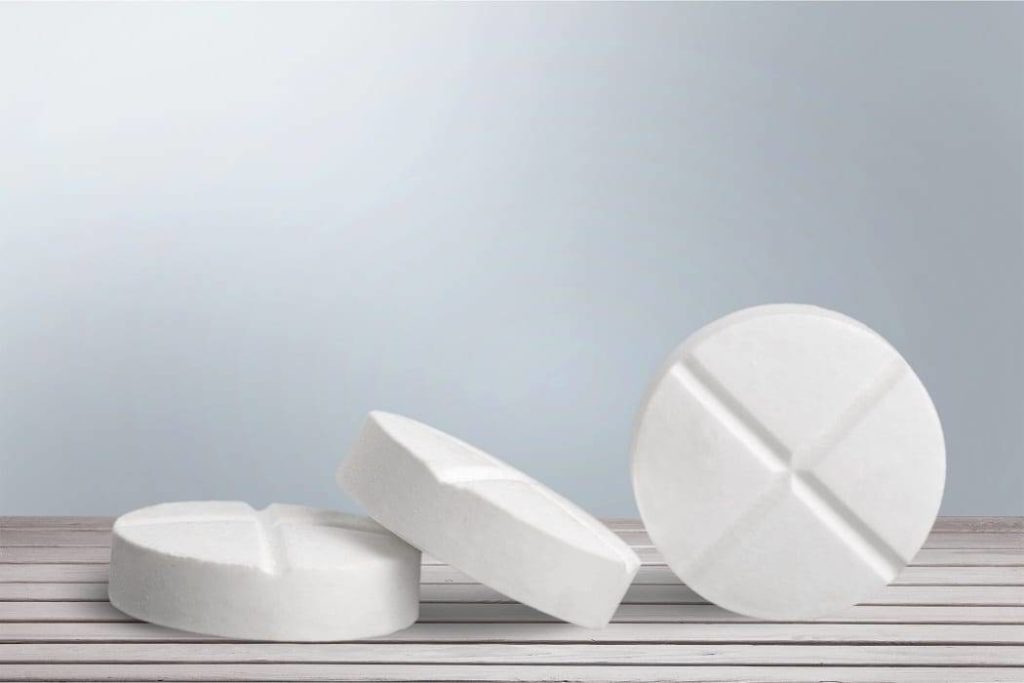“For years, the too few number of addiction medicine doctors has utilized medications to treat the disease. With the current trend and national eye on addiction, more professionals are specializing in this type of care, called Medication-Assisted treatment (MAT). MAT embraces behavioral therapy in conjunction with medicines for cravings, relapse prevention, and overdose protection.” ~ Dr. Arwen Podesta, M.D. Opioid addiction in the United States has long been problematic, but within the past few years it has escalated to what has been called “epidemic proportions” by the Centers for Disease Control and Prevention. Opioids include the Street drug heroin, but also prescription painkiller medications like Vicodin, OxyContin, Percocet, fentanyl, and others. These are among the most-addictive drugs of abuse – quitting “cold turkey” rarely works, and even in evidence-based drug rehab programs, relapse is all-too-common. It is estimated that the average substance abuser attempts to quit thirteen times before they are successful. With such poor success rates, many addiction medicine doctors have undergone a paradigm shift in their way of thinking, and more and more treatment specialists have begun recommending Medication-Assisted Treatment, which uses prescription medicines to help the recovering addict to control their cravings. When used in conjunction with needed lifestyle changes, professional drug treatment/behavioral therapy, MAT has produced exceptionally-positive results. However, there is no one-size-fits-all approach to MAT, and choosing just the right medication can be tricky. First and foremost, whatever drug is prescribed has to fit the patient’s needs. Here’s a look at Zubsolv, one of the newest offerings for opioid dependence.
What is Zubsolv?
Zubsolv is an advanced formulation of naloxone and buprenorphine that is intended to be used as a “maintenance treatment” for individuals struggling with opioid dependence or addiction. Opioid abuse causes both physical and mental dependence, and when the abuse drug is discontinued, it can lead to harshly unpleasant withdrawal side effects that can (1) serve as a significant distraction during recovery, and (2) be an impetus for relapse. By switching to Zubsolv, these withdrawal symptoms can be largely prevented. The buprenorphine– as a semi-synthetic opioid – helps with the withdrawal symptoms, the while naloxone deters misuse.
How Is Zubsolv Taken?
Zubsolv is a once-daily, sub-lingual (“under the tongue”) tablet. There are five different dosage strengths, from 1.4 mg up to 11.4 mg.
How Does Zubsolv Compare with Other Anti-Opioid Medications?
Zubsolv is virtually equal to the more-familiar Suboxone in terms of efficacy, but it does have some added benefits:
- Smaller Dose – Zubsolv has an advanced formulation of buprenorphine and naloxone that delivers a concentration at 7 mg that is equivalent to 8 mg of Suboxone.
- Taste –Nearly 80% of patients prefers the menthol flavor of Zubsolv to that of Suboxone film.
- Tablet Size –The 5.7 mg Zubsolv tablet is considerably smaller than the 8 mg Suboxone tablet and about one-sixth the size of the Suboxone film.
- Fast Dissolve Time –A Zubsolv tablet will dissolve just as quickly as Suboxone film.
There is another advantage that Zubsolv has over Suboxone. Although effective, Suboxone is often readily-available on the black market. On the streets, it is frequently sold in the same places as heroin and illicitly-obtained pain pills. In fact, many opioid addicts begin using Suboxone as a way to “bridge” into treatment. Zubsolv is not as of yet so easily obtained, and so is not ritually associated with drug abuse. This difference in perception can be important during drug rehab and recovery.
Are There Any Side Effects to Using Zubsolv?
The most important thing to remember about Zubsolv is the fact that it DOES contain an opioid, and as such, it can cause physical dependence, leading to withdrawal symptoms when the drug is discontinued. Also, as an opioid medication, misuse or taking more Zubsolv than is prescribed can be dangerous, especially when used in conjunction with alcohol, benzodiazepines, tranquilizers, or sedatives. Possible side effects, which are usually temporary, include:
- Headache
- Nausea/Vomiting
- Insomnia
- Profuse sweating
- Constipation
- Swelling of the extremities
Dangerous side effects that require immediate medical attention include:
- Breathing difficulties
- Dizziness or confusion
- Extreme sleepiness combined with loss of coordination
- Blurred vision
- Slowed reflexes
Is Zubsolv Accepted by My Insurance Plan?
There is good news and there’s bad news. The bad news is that Caremark and Express Scripts – the companies that provide prescription drug benefits for most health insurance companies – excluded Zubsolv for 2016. The good news is that Orexo US, the manufacturer of Zubsolv, offers copay cards for eligible patients that will cover $225 off of a full prescription fill, with no limit on the number of fills per month. If you or someone you care about is struggling with opioid addiction, talk to your doctor TODAY and see if Medication-Assisted Treatment is an option for you. Northpoint Recovery– the #1 inpatient drug rehab program in the Pacific Northwest – offers a treatment strategy that is empirically-based and attacks the disease of addiction on multiple levels. Northpoint’s “total wellness” approach can combine MAT with holistic therapies that can give you the tools you need on your sober journey.

